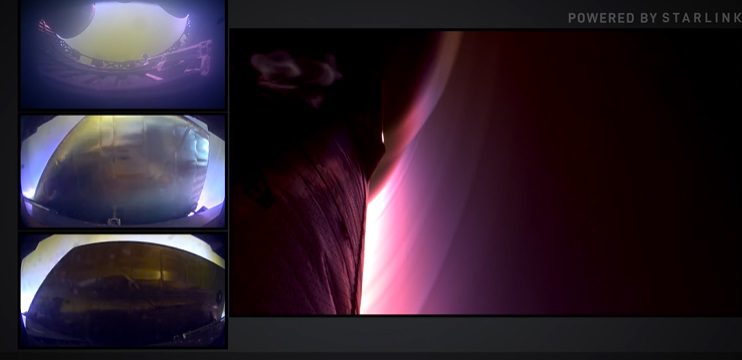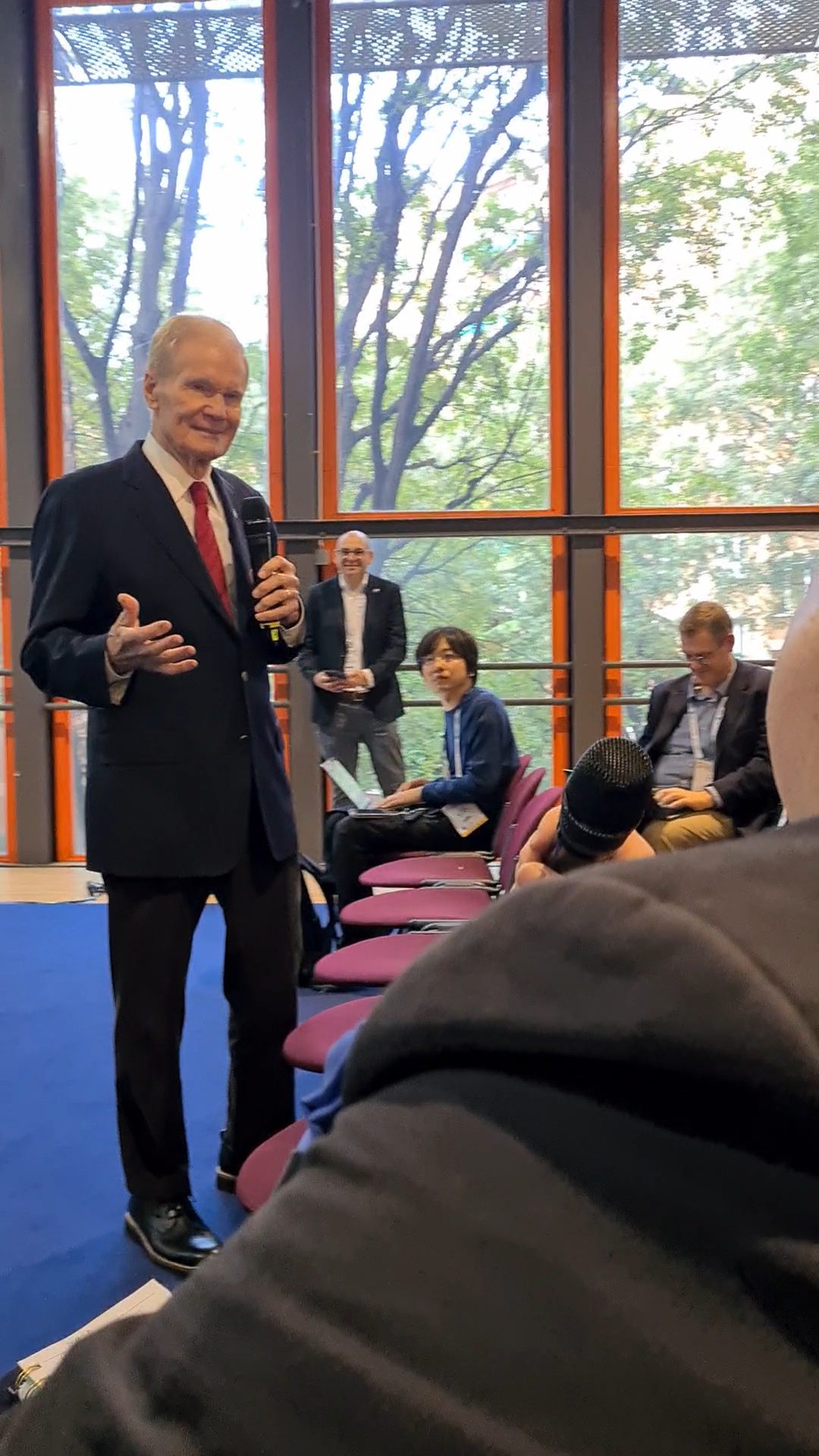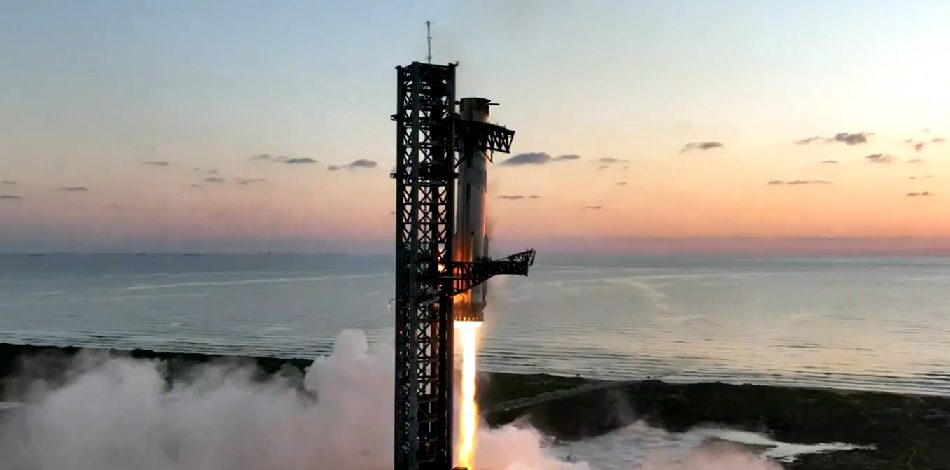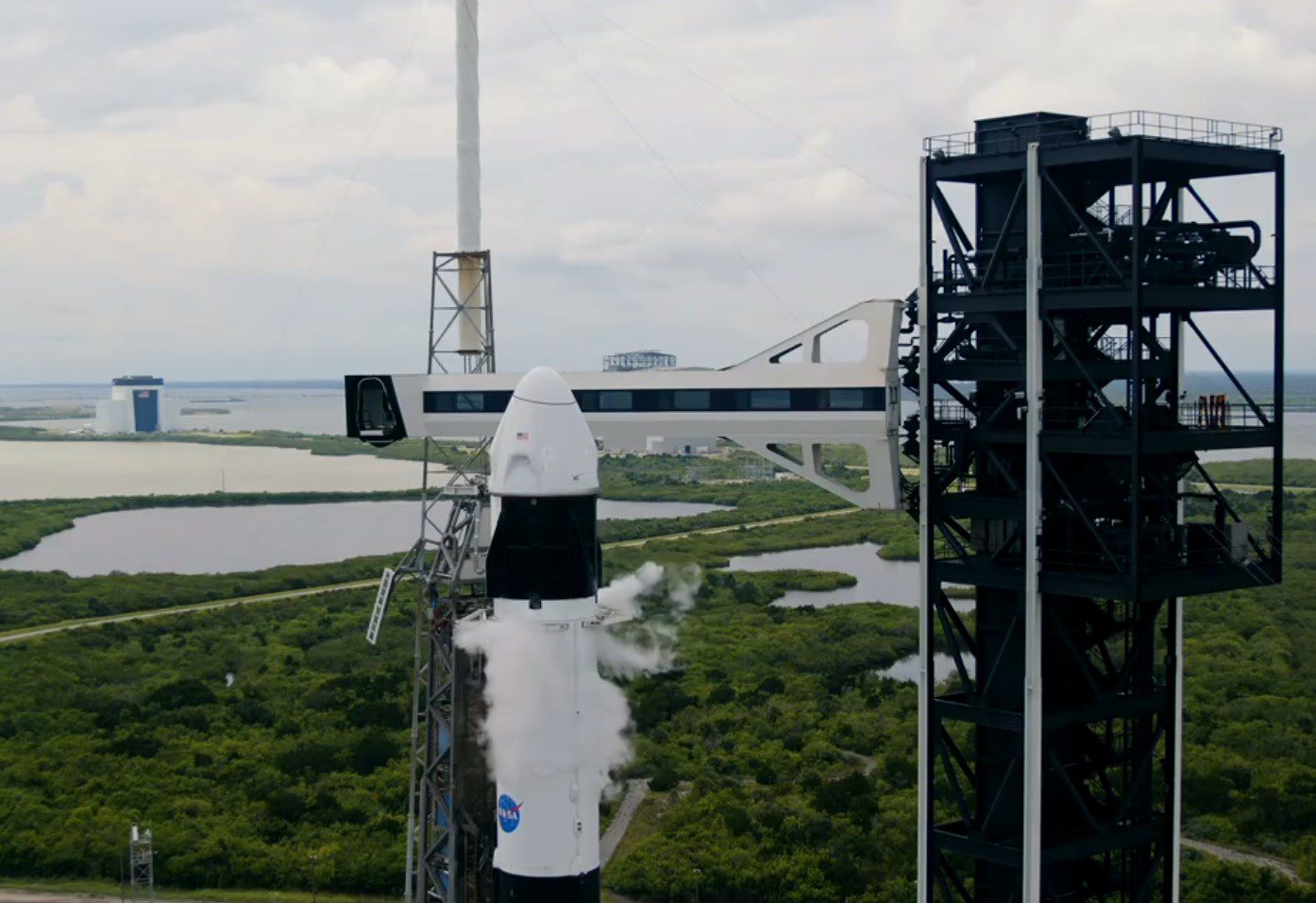You realise you are in one of the great scientific institutions when you go to the toilet at the Royal Society. For black and white photographs of the great scientists and engineers of Britain’s past are on the wall next to the hi-tech toilet entrances. Perhaps it is apt that as you contemplate a micturition, that you remember some of these great men were of course, p***ed on by the society of their time even though posterity now venerates them.
These badly treated luminaries include the war winning codebreaker and founder of modern computing, Alan Turing, who was hounded to suicide after World War II by the then laws against homosexuality. He was finally (and rightfully) “rehabilitated” when he was posthumously granted a Royal pardon by Her Majesty the Queen in 2013.
Another was the inventor of the jet engine, Sir Frank Whittle, who himself had any benefits due to him from his invention whittled down to just a fraction of what he deserved. While an award to him of £100,000 in 1947 ensured that he would have a comfortable life after the war, this was nowhere near what his invention was commercially worth.
But those guys were in the 20th century, and The Royal Society goes back centuries before that. And so it was very apt that as Reinventing Space (RISPACE 2016) conference began its proceedings it the Royal Society’s lecture theatre, an oil painting of the scientific giant Sir Isaac Newton looked on.
For without this man’s discovery and analysis of gravity and forces, spaceflight would not be possible. Nevertheless, clever as he was, this did not stop him losing a large chunk of his wealth in the bursting of the so called “South Sea Bubble” investment. And “bubble” was a word of warning for some at this conference especially when they considered “newspace”‘s predilection for very small spacecraft and how they should be launched.
There could be a small satellite “bubble” ahead but small launchers may still prosper
RISPACE began its debate on new commercialisation and new methods of access to space. Clarissa Christiansen of the research and forecasting firm Tauri, began with the point that small satellites would always be attracted to “dedicated” launchers over shared ones, but only if the price was right. Alex da Silva of SSTL noted that nowadays it is often the available launch vehicles’ requirements that define some of the other mission elements such as orbit and even satellite shape.
Daniel Lim of Xtenti however warned prospective new small satellite launch providers the small satellite revolution which began just a few years ago, may suffer an implosion like that which happened to the original Teledesic mass-LEO communications satellite constellation plan, and that there really was a “bubble” of expectation over new broadband LEO constellations which may similarly burst.
Nevertheless, one thing Lim did commend about prospective new launchers planning to serve such constellations is that they will fly a lot more regularly that their larger cheaper-per-kilo brethren. This regularity is attractive from the point of view of replenishment missions, if not for the start deployments when you want to get as many up as one could. Maxime Puteux of the space consultancy and forecaster Euroconsult later noted that even median projections of small spacecraft reckoned on nearly 1,000 needing to be launched over the next ten years.
Of course, it is not just broadband communications services that new constellations will be used for. Chris Lavers noted that “situational awareness” of military and other threats was a driver of maritime surveillance. Constellations of small satellites were attractive in that they provided a high persistence for continuous monitoring of the Earth and Seas. This and an ability to monitor in all weathers was rated more highly by potential clients (as shown in market research conducted by Portsmouth University) than very high resolution. Lavers further noted that SAR (Synthetic Aperture Radar) radar systems were thus the likely observation method of choice.
So how to get them up?
Chuck Lauer explained that Rocketplane Global had a concept for a reusable spaceplane launch vehicle which would take off horizontally before being topped up with propellants by a DC-10 class tanker aircraft. Doing so, Lauer suggested, would allow the craft to reach Mach 12 before it released a low cost upper stage to carry up to a 2,000kg payload (say 12 x 15o kg satellites) into a sun-synchronous low Earth orbit for only circa US$20 million – less than one third of the price that a similar launch currently costs. Nevertheless, Lauer did admit that his XS-1 concept had not made the cut in the latest funding round against other contender teams led by Boeing and Lockheed Martin etc in the official DARPA competition to design a reusable cheap-to-use launch vehicle in this class.
Zero2Infinity’s Marc Rovira reprised their past presentation of their balloon launched Bloostar concept, trying to assuage concerns about how the wind might make launching difficult. Andy Bradford of Bradspace noted that the UK was now committed to becoming a “launching state” but how this would be achieved was still being discussed. Some UK-based teams want the UK government to fund the development of a conventional vertical launch rocket system.
Meanwhile, others such as Stuart McIntre of the Orbital Access team seem to have taken the advice that this writer once gave, and have started to design a two-stage winged launch vehicle to be air launched, which might, with an air intake, also be used a test vehicle for the Reaction Engines SABRE engine. McIntre noted that the target for an economically viable design was to launch payloads for US$30,000 per kg or less, and that, as such, any expendable upper stage has to be cheap to produce.
McIntre was careful to note that despite of US Air Force plans to use his Reaction Engines’ air-breathing SABRE engine on its own two stage orbital design, the UK was intent on not losing control of the technology, as happened so obviously in the case of Sir Frank Whittle’s jet engine, although noting that collaboration could still take place. McIntre also subsequently explained, as others did during the session, that ITAR regulations and missile technology transfer regulations would have to be negotiated as the UK developed its own indigenous launch capability.
With respect to “conventional expendable” rockets that were almost ready to go, Luce Fabregettes of Arianespace explained that the Ariane 6, which would be based on Ariane 5’s already good technology, would be engineered to be 50% cheaper to run. Vega C would also be made cheaper on per kg basis than its Vega predecessor by launching more payload, but for approximately the same price. It will have to as it competes against the cheap-to-fly Soyuz 2-1v now commercially offered by Glavkosmos.
New rocket genius is a scouser
While Alan Bond, main designer of the revolutionary SABRE (Synthetic Air Breathing Rocket Engine), might one day himself grace the walls of The Royal Society (surely he deserves to) when it comes to who might be a successor to his crown as the UK’s leading rocket scientist, one might be Jack-James Marlow. While Alan Bond has a broad Midlands tone, Marlow has an unusually strong Liverpool “scouse” accent. But don’t let your “accent-ism” fool you. The talent and intelligence of this Kingston University PhD student was obvious as he described the impressive development work he had done on a 22 N Vortex cooled rocket engine. The concept involves injecting the oxidiser from the base circumference of a combustion chamber to induce a cooling vortex rising upwards all around the wall. The fuel propellant is still injected at the top as normal, but this, in term combusts inside an inner vortex moving downwards.
The result is that the combustion chamber wall temperature is some 10x less than it would normally be on a conventional rocket engine design, to the point that aluminium can be used as the material rather than the normal very expensive high temperature alloys. In fact, so low was this wall temperature that the team even tried plastic – but that was a step too far, and the rocket soon become a hybrid one consuming itself as it went.
As it is, the vortex cooling concept, when combined with cheap to manufacture injectors (the team used 3D printing for these), results in a very low cost reusable engine whose only downside is that this cooling method cannot be used on rocket nozzles due to their shape. In fact, the only trouble that Marlow had was with the burning though the engines attached carbon nozzles and he is planning to use a silicon carbide coating to try and reduce this erosion. Ablative cooling would probably been used for full sized nozzle examples.
Marlow’s work is not unique. The US research agency DARPA is reported to be funding similar Vortex-cooled rocket engine research in the USA to the tune of US$30 million. As such it is surprising that given its shoestring budget, Jack-James Marlow and his Kingston University lecturers seem to have achieved so much.
Some spaceports are white elephants but all UK airports can apply
While Virgin Galactic’s US spaceport has looked like an underused white elephant for some time, albeit that it might now finally be used for suborbital launches, other space ports have had much more commercial use. Frank diBello, Head of Spacport Florida, noted that commercial space now amounted to 76% of all space activity. While Cape Canaveral’s pads are increasingly used for commercial use, diBello did note, however, that the ex-space shuttle launch pad, Pad 39A,at the NASA Kennedy Space Centre which will be used commercially by SpaceX, was not one of his.
The UK government has changed its stance on UK space ports after initially holding a competition to pick one. Claire Barcham, Satellite Launch Programme Director of the UK Space Agency said that it was not for the UK Government to choose which launch site should be used. It will now allow any airport to declare itself a spaceport so long as the all the safety and regulatory authorities are happy. (Comment by David Todd: One senses here that local political “pork barrel” pressures might just have led to this decision).
So how to get them down?
The UK Space Agency’s Chief Engineer Richard Crowther, in between explaining how the UK government is streamlining its licencing of launches on the basis of past experience (new technology and techniques will need greater oversight than repeats of launches previously licenced) he went on to describe the problem of space debris and its mitigation.
Crowther was scathing in his analysis of some “designing for demise” concepts including using drag sails to induce a faster re-entry. The reason is that while they do reduced debris/useless spacecraft in this way by speeding out their re-entry, as they do so, their increased frontal area also increases the chance of the said satellite and sail being hit, effectively neutralising their benefit. Likewise, Crowther is no proponent of tether systems either as, given their length (and hence increased surface area), they also have an increased chance of being severed by debris themselves.
Nevertheless, debris mitigation efforts such as venting explosive propellants or deborbiting stages (or even using one to achieve the other in Arianespace’s case) have yielded results, albeit that all the good work done was somewhat undone when China added to the space debris with a satellite missile interception test.
When it comes to debris and spacecraft removal technology, Crowther noted that given that such technology also had a military application, that countries have to be as up front publically as they can. Thus, the UK Space Agency publically announced at the UN that SSTL is working on a RemoveDebris mission to test out different concepts of harpooning and netting uncooperative objects such as dead satellites. Some 90% of the debris objects in space are classed as “non-cooperative” with more than half as “fragments” rather than complete spacecraft or rocket stages. About 500,000 of these objects are in the dangerous too difficult to track, too difficult to shield against 1-10 cm size range.
Ellen Stofan plays it safe
When it comes to the longer range future, Ellen Stofan, NASA’s chief scientist explained how the ISS was being used for bio-medical research that would be fed into the design of a human mission to Mars. She also noted that some Mars missions such as the SpaceX Red Dragon flight would be done on the basis of private-public partnerships.
Later, however, this ex-Geologist had to play a straight bat when answering questions about whether she would prefer that NASA had manned landings on the Moon rather than trying to recover an asteroid via the much-criticised Asteroid Redirect Mission (ARM). Stofan re-iterated the official position of the Obama administration and NASA’s current leadership was that ARM should go ahead. But you could tell that her heart was not really in it.
On NASA’s data, Ellen Stofan was on safer ground. She explained that NASA was committed to opening its massive archive of scientific data for all, and that even the raw (unprocessed) data would be publically available (presumably to allow climate change sceptics to check it). Stofan struck a “politically correct” tone when she called for more “diversity” in science, noting that groups with similar upbringings and education tended to think the same way and that new blood could yield to more innovation and better decisions.







